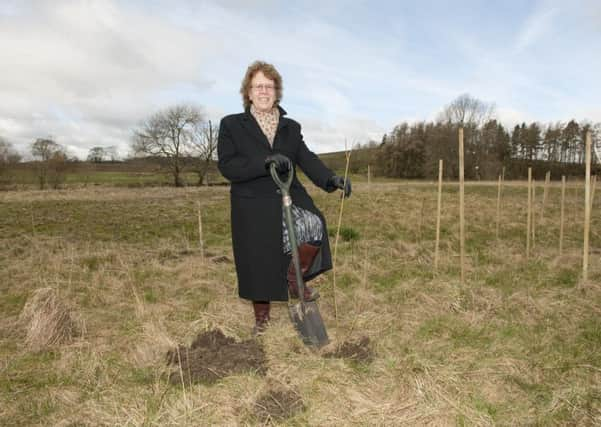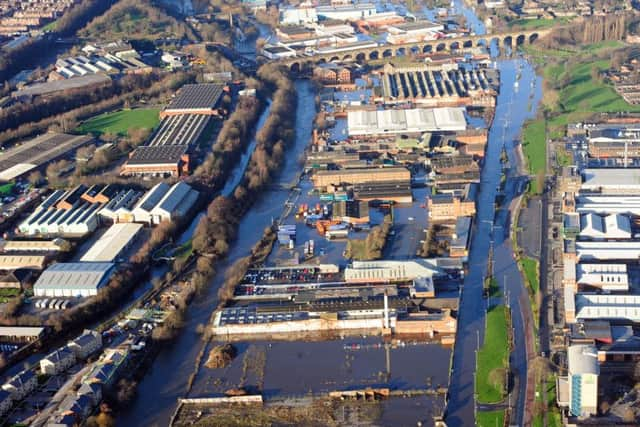First trees planted to help save Leeds from flooding


The £500,000 pilot project will test the effect of natural techniques on slowing down the flow of water off the hills and reduce the risk of flooding downstream.
It is part of the Leeds Flood Alleviation Scheme, a partnership between Leeds Council and the Environment Agency, who intend to more than double canopy coverage in the Aire catchment.
Advertisement
Hide AdAdvertisement
Hide AdLeeds Council leader, Councillor Judith Blake, planted the first of 450 trees at Ray Bridge Farm, Eshton Beck, Gargrave, yesterday.


At this first pilot site, tree species such as dogwood, guelder rose, downy birch, alder and willow will be planted alongside hedgerows.
The pilot site will allow evidence to be gathered on how trees reduce flood risk and will inform how projects are carried out elsewhere.
Coun Blake said: “These new trees are a hugely significant part of our plans to protect Leeds from future flooding like the devastation we saw on Boxing Day 2015.
Advertisement
Hide AdAdvertisement
Hide Ad“They are part of what will be a range of natural flood management measures in a catchment wide approach to prevent future catastrophic floods affecting communities along the river.”


Proposals as part of the next phase of the Leeds Flood Alleviation Scheme, include the creation of water storage areas operated by control gates so that water can be held and then released back into the river.
Work has also been earmarked to remove obstructions along the Aire to help reduce water levels and lowering the riverbed in places to improve its capacity and flow.